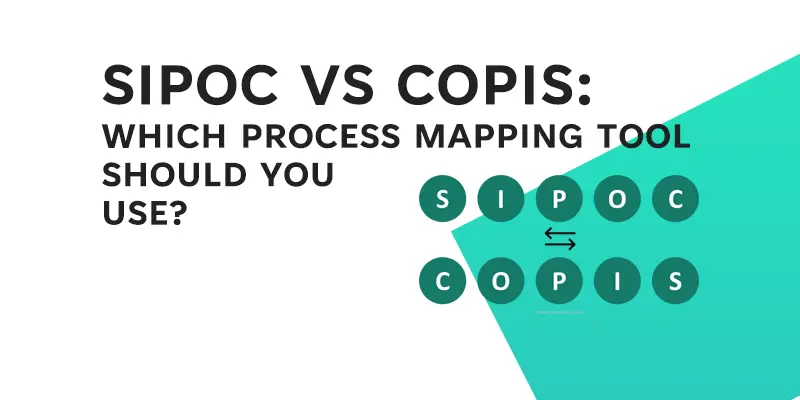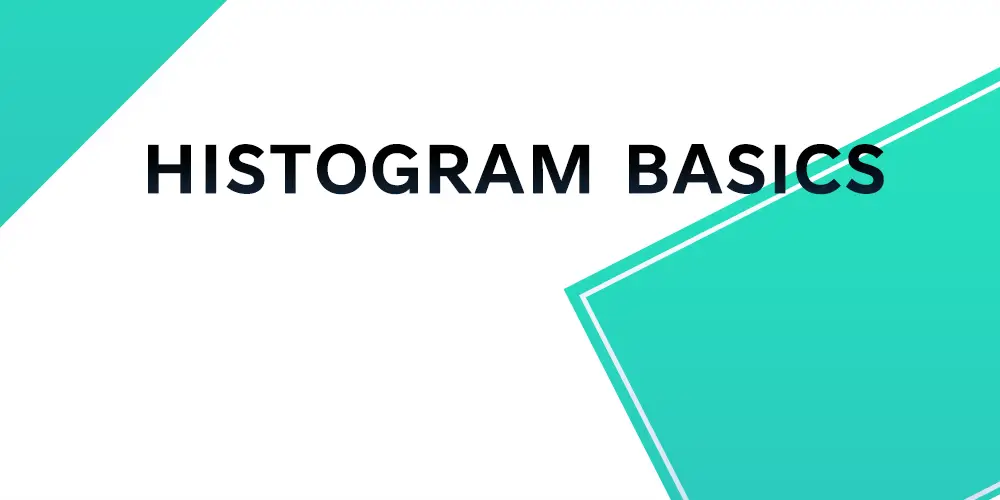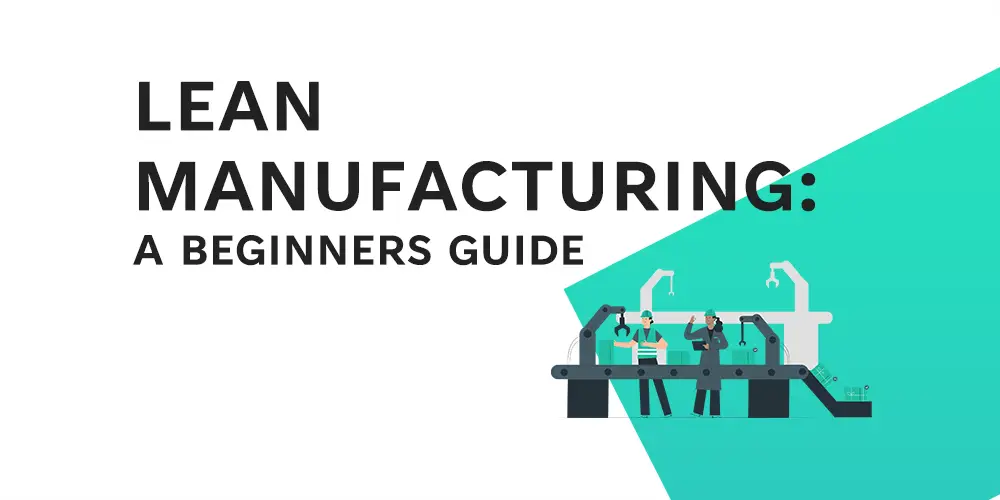Have you ever felt overwhelmed by the intricacies of improving a business process? You’re not alone. The good news is, there are tools designed to simplify this complex task. One such tool is a SIPOC diagram, and if you’re wondering what SIPOC stands for, you’re in the right place. SIPOC is an acronym for Supplier, Input, Process, Output, and Customer. It’s a visual map that provides a bird’s-eye view of a process from start to finish. But wait, there’s more! Another tool called COPIS flips SIPOC on its head, focusing instead from the customer back to the supplier.
So, which tool should you use? Is one better than the other? How do they even work? Don’t worry; this blog post aims to answer all those questions by diving deep into SIPOC analysis and comparing it with COPIS. Whether you’re a seasoned Six Sigma black belt or a beginner just dipping your toes into the world of process improvement, this post is for you.
Table of Contents
What is SIPOC?
SIPOC is like a roadmap for a process. Imagine you’re going on a journey—you’d want to know where you’re starting from, which path to take, and where you’ll end up, right? In the business world, that journey is your process, and SIPOC is the map that outlines it.
What Does SIPOC Stand For?
The acronym SIPOC stands for Supplier, Input, Process, Output, and Customer. Let’s break down what each component means:
- Supplier: The person or group providing the resources needed for the process.
- Input: The resources, like materials or information, required to carry out the process.
- Process: The series of steps that transform the input into an output.
- Output: The result or product that comes out of the process.
- Customer: The person or group who receives the output.

Why is SIPOC Important?
SIPOC is often used in Six Sigma, a methodology aimed at improving business processes. It’s a tool that helps you see the big picture. By mapping out the entire process from Supplier to Customer, you can easily identify areas that may need improvement. This is what is commonly referred to as SIPOC analysis.
Table of Contents
When to Use SIPOC?
SIPOC diagrams are incredibly versatile. They are used across various industries, from manufacturing to healthcare. If you’re wondering where SIPOC fits, think of it as a starting point. Before diving into the nitty-gritty details of a process, a SIPOC map provides a high-level overview that serves as a foundation for deeper analysis.
SIPOC Examples
Imagine you run a coffee shop. The suppliers are the farmers providing coffee beans, the input is the beans and water, the process is brewing, the output is a cup of coffee, and the customer is the one enjoying that cup.
Advantages and Limitations
Advantages:
- Easy to create and understand.
- Provides a high-level overview.
- Useful for identifying problem areas quickly.
Limitations:
- May lack detail for more complex processes.
- Doesn’t provide solutions, just points out areas for analysis.
Now that you know what SIPOC is and what it stands for, you might be curious about how it compares to another tool—COPIS. Stick around as we delve into that next.
What is COPIS?
While SIPOC gives you a roadmap from the Supplier to the Customer, COPIS flips that around. Imagine driving from your destination back to your starting point. COPIS stands for Customer, Output, Process, Input, and Supplier, and it provides a unique perspective by focusing on the Customer’s needs first.
What Does COPIS Stand For?
The acronym COPIS breaks down into the following components:
- Customer: The person or group who will receive the end product.
- Output: What the customer actually receives or experiences.
- Process: The steps that are taken to produce that output.
- Input: What you need to complete the process, like raw materials or data.
- Supplier: The source of the inputs you’ll use.
Why is COPIS Important?
COPIS takes a customer-centric approach, which is crucial in today’s market. It starts with the question, “What does the customer need or want?” and works backward to ensure that the entire process is aligned to meet those needs.
When to Use COPIS?
COPIS is particularly useful when you want to redesign a process that directly impacts customer experience. By starting with the customer’s needs, you can tailor your process to deliver exactly what they are looking for.
COPIS Examples
Let’s go back to our coffee shop scenario. The customer wants a hot, tasty cup of coffee. The output is that exact cup, the process includes brewing and mixing, the input comprises coffee beans and water, and the supplier is the farmer who provides the beans.
Advantages and Limitations
Advantages:
- Customer-focused.
- Helps in aligning processes to meet customer needs.
- Particularly useful for service industries.
Limitations:
- Can be challenging to implement if the focus has always been on the supplier.
- Like SIPOC, it points out areas for analysis but doesn’t offer solutions.
With COPIS, the customer takes center stage, guiding the entire process from output to supplier. Now that you’re familiar with both SIPOC and COPIS, you may be wondering how they compare and contrast. That’s exactly what we’ll explore in the next section.
Table of Contents
Similarities and Differences Between SIPOC and COPIS
Understanding both SIPOC and COPIS is like having two different maps for the same territory. While both maps aim to guide you, they offer different perspectives. Let’s explore how they are similar and what sets them apart.

Similarities
High-Level Overview
Both SIPOC and COPIS provide a high-level overview of a process. They allow you to see the big picture before diving into the minute details, which is especially helpful if you’re new to process improvement.
Visual Tools
Both are graphical tools that help visualize complex processes. Whether it’s a SIPOC diagram or a COPIS diagram, these tools make understanding easier by presenting information in a visual format.
Role in Methodologies
SIPOC and COPIS are commonly used in Lean and Six Sigma methodologies. They serve as foundational tools that guide further analysis and improvement strategies.
Differences
Direction of Focus
- SIPOC: Starts with the Supplier and works its way to the Customer. This is often more aligned with how businesses traditionally think.
- COPIS: Begins with the Customer and moves backward to the Supplier. This is a more modern, customer-centric approach.
Use-Case Scenarios
- SIPOC: Often used in manufacturing and operations where the process flow is well-defined.
- COPIS: More commonly used in service industries and customer-facing processes.
Complexity and Detail
- SIPOC: Provides a high-level snapshot, which may lack detail for more complex processes.
- COPIS: Also offers a high-level view but focuses on aligning the process with customer needs, which may require a deeper understanding of those needs.
Industry Preference
- SIPOC: Frequently seen in manufacturing, logistics, and operations.
- COPIS: Gaining traction in service industries like healthcare, retail, and customer service.
By now, you should have a clearer picture of how SIPOC and COPIS compare. Both tools have their place, and the choice between them often depends on your specific needs and the industry you’re in.
Table of Contents
Real-world Examples
Understanding SIPOC and COPIS is one thing, but seeing them in action can provide valuable insights. Let’s look at real-world examples for each to better grasp how they can be applied.
SIPOC Example: Manufacturing a Smartphone
In the world of electronics manufacturing, let’s consider the process of assembling a smartphone.
- Supplier: Vendors providing raw materials like metal, glass, and electronic components.
- Input: Metal frames, glass panels, chips, and batteries.
- Process: Assembly line where various components are put together.
- Output: A fully assembled smartphone.
- Customer: Retailers or end-users buying the smartphone.
A SIPOC diagram here would start with the suppliers and end with the customer, helping the manufacturing team understand how each element contributes to the final product. The aim would be to streamline operations and reduce defects.
COPIS Example: Coffee Shop
Let’s revisit our coffee shop scenario, but this time from a COPIS perspective.
- Customer: Individuals looking for a hot cup of coffee.
- Output: A perfectly brewed cup.
- Process: Grinding beans, boiling water, mixing, and brewing.
- Input: Coffee beans and water.
- Supplier: Local farmers or suppliers providing the coffee beans.
Starting with the customer’s need for a quality coffee experience, a COPIS diagram would guide the coffee shop in aligning its brewing process to meet that need. This could influence everything from the choice of supplier to the brewing technique used.
These examples give a snapshot of how SIPOC and COPIS can be used in different industries for various purposes. Whether you’re manufacturing a product or serving a cup of coffee, these tools help you see the bigger picture and make informed decisions.
Table of Contents
How to Choose Between SIPOC and COPIS
Selecting the right tool for your project can often be a make-or-break decision. Now that you know what SIPOC and COPIS are, along with their similarities and differences, you might be wondering which one is the best fit for you. Here are some considerations to help you decide.
Questions to Consider
What is your primary focus?
- If you’re more concerned with internal operations, SIPOC may be your go-to.
- If customer satisfaction is your top priority, consider COPIS.
- Are you improving an existing process or creating a new one?
For established processes, SIPOC can help you identify inefficiencies.
For new or customer-focused processes, COPIS can guide you to create a process that meets customer needs from the get-go.
What industry are you in?
Manufacturing and logistical sectors often lean towards SIPOC.
Service industries, especially those that are customer-facing, may find more value in COPIS.
Industry-Specific Recommendations
- Manufacturing: SIPOC is often more useful due to its focus on suppliers and inputs, crucial elements in manufacturing.
- Service Industries: COPIS, with its customer-first approach, can be highly effective in settings like healthcare, retail, and hospitality.
- Consulting: Depending on the client’s needs, either could be applicable.
Tips for Implementation
- Pilot Test: Before full-scale implementation, consider running a small-scale test to evaluate the effectiveness of your chosen tool.
- Consult Your Team: The people who will be using these tools daily can offer valuable insights. Their buy-in is also crucial for successful implementation.
- Review and Adapt: Whichever tool you choose, remember that continuous improvement is the end goal. Regularly review the process and be willing to adapt.
Table of Contents
Conclusion
Choosing the right tool for process mapping can feel like navigating a maze, especially if you’re new to the world of continuous improvement. However, armed with an understanding of SIPOC and COPIS, you’re now better equipped to make that choice.
To recap:
SIPOC: Stands for Supplier, Input, Process, Output, and Customer. It’s a tool that gives you a high-level snapshot of a process, starting with the supplier and ending with the customer. It’s often used in manufacturing and logistics, where the focus is on internal operations.
COPIS: Stands for Customer, Output, Process, Input, and Supplier. It flips the SIPOC model to start with the customer’s needs and work its way back to the supplier. It’s increasingly popular in service industries that aim to enhance customer satisfaction.
The decision between using SIPOC and COPIS largely depends on your focus, whether it’s the internal operations or customer satisfaction, the industry you’re in, and whether you’re looking to imprve an existing process or establish a new one.
As you embark on your journey of process improvement, remember that the best tool is the one that helps you achieve your goals most effectively. Don’t hesitate to pilot test, consult with your team, and most importantly, be willing to adapt and improve.
References
- Radziwill, N., 2014. Continuous Permanent Improvement. The Quality Management Journal, 21(4), p.62.
- Ramanan, L., Kumar, M. and Ramanakumar, K.P.V., 2015. Knowledge Gap and Its Impact on Product and Process Quality. Applied Mechanics and Materials, 813, pp.1176-1182.
- Phillippi, E.F., 2006. You Can Call It Fred. Quality Progress, 39(1), p.82.








